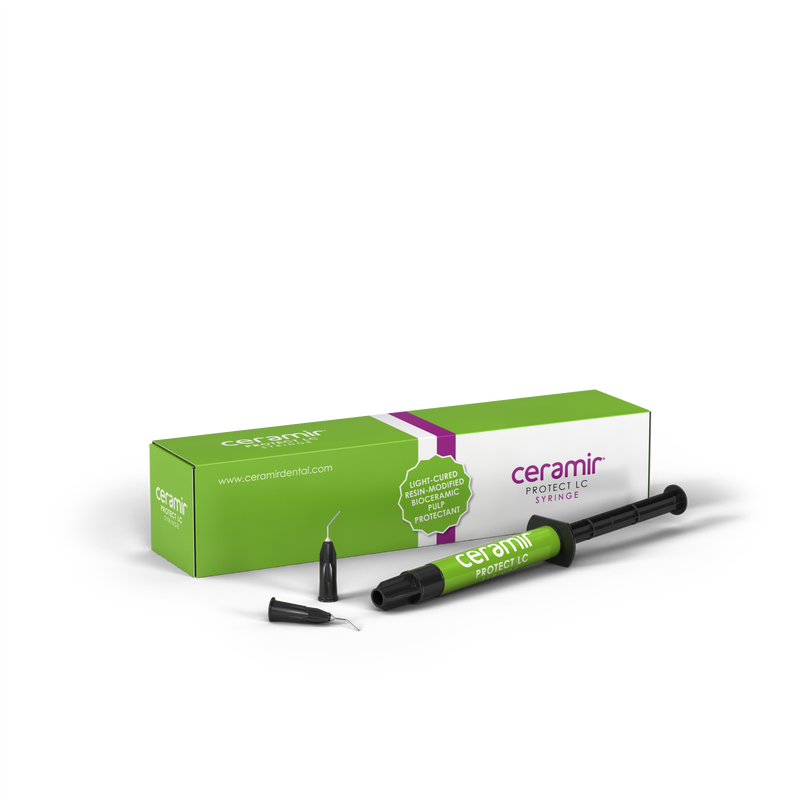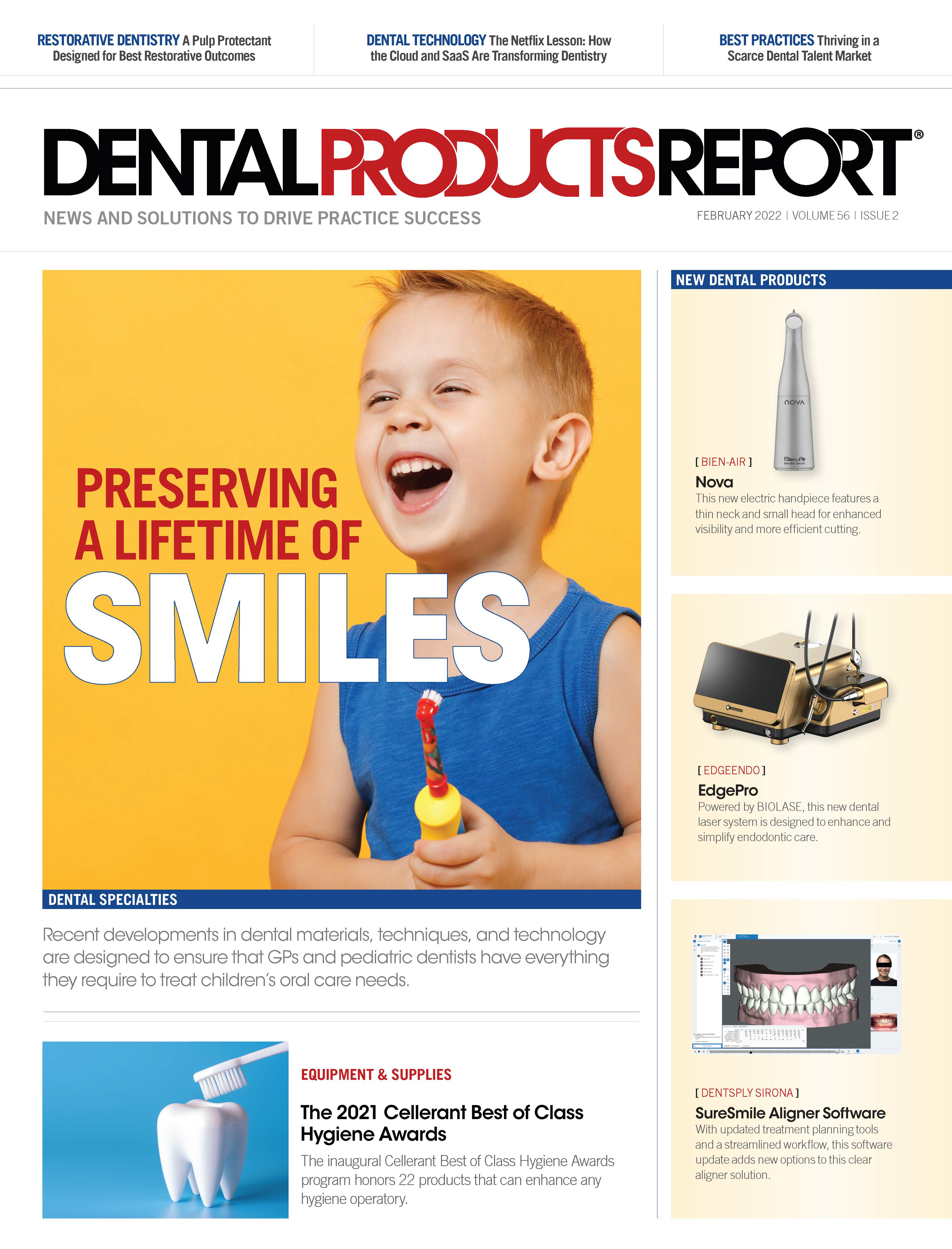About Catapult
Catapult is an organization that consists of more than 50 clinicians spread throughout Canada and the United States. As a company, manufacturers pay a fee for their product to be evaluated and what we deliver are truthful, independent answers from surveys that we develop with them. We have had many products that have either had to be altered before hitting the market or simply never arrived because of our openly honest evaluations. In this way, Catapult assists the manufacturer to avoid potentially releasing a faulty product, or simply a product that needs refinement. Lastly our clients are omnipresent in the industry, small to large, no favoritism, simply reviewing the latest products in our practices
Routine restorative dentistry can often be viewed as very subjective. There you are, after removing an old alloy or old composite, or in this case dealing with decay under an old crown, and it’s time to remove the decay. Once again, you ask yourself the most subjective question: When do you stop drilling?
Over the past 50 years, many studies have demonstrated the advantages of selective caries removal, beginning with Mertz-Fairhurst in 1962. The selective caries removal model has shown great success in maintaining pulpal health. This multistep process completely removes the peripheral decay to solid dentin (to create a sealed restoration) while the pulpal wall is excavated until a somewhat firm or soft dentin is reached. There are multiple approaches and tech-niques to selective caries removal, but often some caries or cariogenic bacteria remain.
The question then arises of how best to seal this area and provide the best pulp protection. This is where liners truly have their utility. Traditionally, liners have been used for multiple reasons: their antibacterial properties along with their ability to seal the dentinal tubules against the ingress of microorgan-isms, remineralization of the dentin, and protection of the pulp from potential negative effects of restor-ative materials. An array of liners exhibit these properties, such as the Ceramir® Protect LC Syringe, which is a light-cured, resin-modified bio-ceramic pulp protectant for direct and indirect pulp capping.
Ceramir Protect LC Syringe
A light-cured, resin-modified Bioceramic pulp protectant suitable for direct and indirect pulp capping, it is designed as a moisture-tolerant, insoluble solution, and can be applied in cavity preparations. It has a high alkaline pH level to create a hostile environment for bacteria for the best healing capabilities. Ceramir Protect LC Syringe is able to be used with just a single component material.
Doxa Dental
855-369-2872 | ceramirdental.com
Back in the day, Dycal was the calcium hydroxide liner that set the stage for the usage of liners. The indication for Dycal was to place it in small increments to protect the pulp and especially when caries removal approached within 0.5 mm of the pulpal tissue. In regard to the calcium hydroxide’s antibacterial properties, these become evident as the calcium hydroxide disassociates. Calcium and hydroxyl ions are then created, and these hydroxyl ions create an alkaline pH that is antimicrobial. Ultimately, this affects the remaining bacteria directly by altering their metabolism and overall growth.
However, issues with calcium hydroxide included solubility, low compressive strengths, low elastic modulus, and decreasing antibacterial activity over time. To compensate, resin-modified glass-ionomer (RMGI) liners were recommended to be placed over the calcium hydroxide and allow for the sequence of etching and bonding for composites. Gaps were then found between the liners and thus emerged the latest era of bioceramic liners.
Ceramir Protect LC was launched into the marketplace as the latest entry in this bioceramic liner category. The single-component system delivers a liner that is insoluble and radiopaque and has the properties of both an alkaline pH and calcium release. Results have demonstrated twice the calcium release, which equates to more availability to stimulate the deposition of tertiary dentin and remineralization.
Catapult Education’s review of Ceramir Protect LC showed the following:
- Ninety percent of reviewers cur-rently use liners.
- Ninety-five percent of reviewers found the handling and narrow syringe tips ideal.
- Ninety-two percent of review-ers would use this product as a liner in their practice
Catapult Education gave this liner stellar reviews and presented Doxa Dental with the Catapult Vote of Confidence for its Ceramir Protect LC Syringe.
The following patient presented holding his 25-year-old crown in his hand. Extensive decay was noted with no symptoms. The tooth was tested for vitality, and it tested positive.

